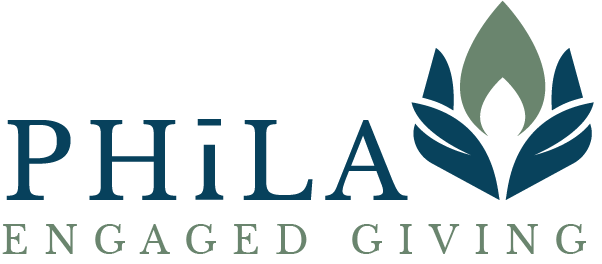Here in the Pacific Northwest, we are known for our rainy winters and springs. The persistent dampness and temperate climate are what give Washington State, where I live, its name, The Evergreen State. But in the past two years, I’ve witnessed the emergence of a new time of year, wildfire season.
Epic drought for the past several years has left the entire west coast parched and on the verge of ignition. Of all the horrible fires last summer, nothing was as devasting to human life as the Camp Fire which killed at least 85 people. The 2018 wildfire season was the deadliest on record.
Though wildfires are prominent in the West, the summer months are also known for hurricanes in the South and tornadoes in the Midwest. But not all disasters are due to weather. They also include mass shootings, the refugee crisis and other man-made atrocities. All are horrible to witness and tug at our heartstrings. Calls for action are urgent and our instinct is to lend a hand. We want to help victims. We want to support first responders. So, we give.
In May, I attended the Advisors in Philanthropy Conference in Washington, D.C. where I went to a plenary session on giving in the wake of disasters, and it was an eye-opening experience. Robert Ottenhoff, CEO of Center for Disaster Philanthropy (CDP), gave an impassioned presentation to the advisors in the audience about what is truly helpful in natural and man-made disasters. He told of how emergency responders classify emergencies as Sudden Onset (Hurricane Harvey, Pulse Shooting), Slow Onset (Ethiopian famine), or Complex (Syrian refugee or Southern border crisis), and how the nature of response is different for each. Developing intentionality around funding disasters is getting greater attention after a seemingly incessant spate of epic events due to the climate crisis and gun violence.
He spoke about how funders are (re)considering their role in preparation for and in response to disasters, what we have learned from some of the recent, large events, and finally, how we can best respond in ways that are proven to be beneficial, both in the short- and long-term. This month’s post will share useful tips and approaches for donors about how best to incorporate disaster giving in their charitable portfolio.
He began with the numbers of how we currently give. In the US, disaster giving is quick off the mark and reactive:
1-4 weeks following a disaster: Over a third of private giving is complete
1-2 months following a disaster: Two-thirds of private giving is complete
After 6 months: All giving stops, yet full recovery often takes YEARS.
About a third of all US households gave to disasters giving an average of $81, but the vast majority of that giving is in the immediate days of the tragedy. What we don’t often hear in the media is the still dire needs of a community once the tragedy has moved out of the news cycle. Consider this from CDP:
When disaster drives people from their community, it can result in:
Increased taxes
Loss of school revenue and teachers
Greater public debt shared by fewer taxpayers
Increased utility costs
Homelessness
Loss of workforce and business development opportunities
And for those who stay, they often face:
Mental health issues (e.g., loss of hope, increased despair, PTSD, etc.)
Increased suicides, divorce, drug and alcohol abuse, early death
Lack of community trust
As these events become more regular, it’s crucial that individual donors, and especially corporations and foundations, be more thoughtful and strategic in their giving. But the challenge in doing so is obvious. When disaster hits, the flurry of urgent appeals on social and traditional media can be overwhelming, leading many to donating the wrong things to the wrong non-profits at the wrong time. One striking anecdote that Mr. Ottenhoff shared was the number of coats and jackets sent to Hurricane Harvey victims (in Texas), which not only could they not use, but they also had to spend precious resources finding a way to store, then donating them elsewhere.
The CDP is a specialist in the area and they play an important role in helping funders go from being reactive to strategic. He concluded by reminding us that all funders are disaster funders and that catastrophic events tend to fall outside of normal grantmaking guidelines for the average donor. With that said, the aftermath of emergencies extends far and wide affecting housing, vulnerable populations (low income, seniors, people of color), education, health, and more. It is crucial that all donors consider the full arc of disasters and the full scope of their needs for an effective recovery.
While it is common to think of them as discrete events with fixed beginnings and ends, emergency first responders generally think of disasters in "lifecycles" that happen before, during, and after a devastating event: mitigation, preparedness, response, and recovery. Understanding what is needed in each phase can help the donor decide where they can provide the greatest need by the strategic deployment of their time and treasure.
In summary, for disaster philanthropy to be effective, follow these rules: Give cash. Fund local. Fund long-term. Fund medium-to long-term recovery efforts. Learn from others.
Additional Resources:
Basic Tips for Disaster Giving, Center for Disaster Philanthropy
Tips for Giving in Times of Crisis, Charity Navigator
The Disaster Recovery Network, Global Giving

